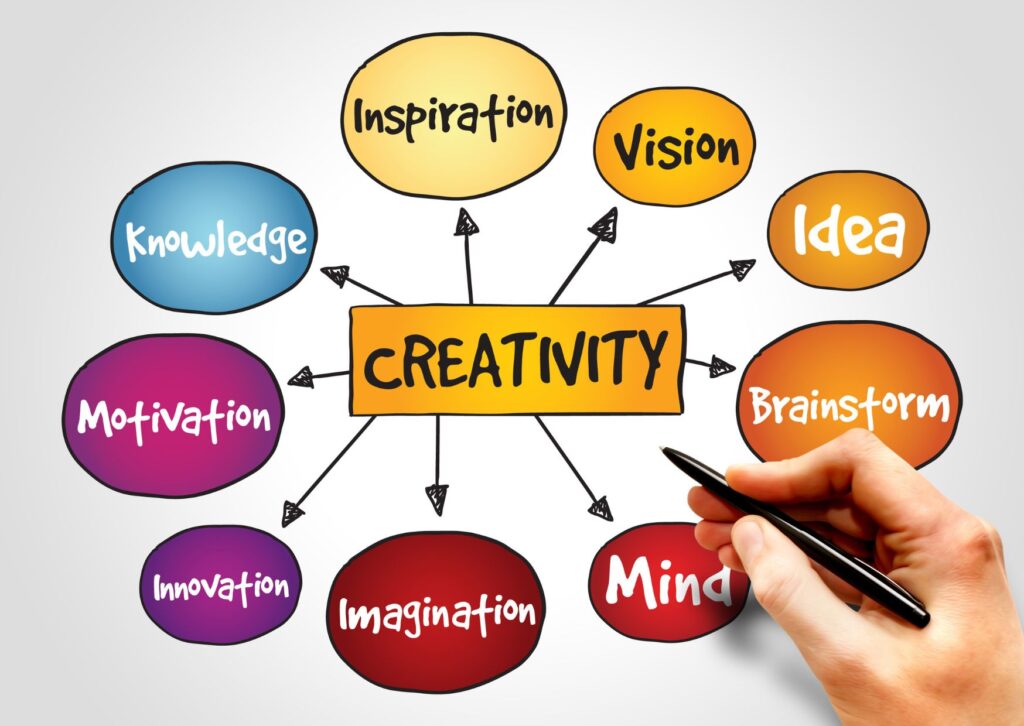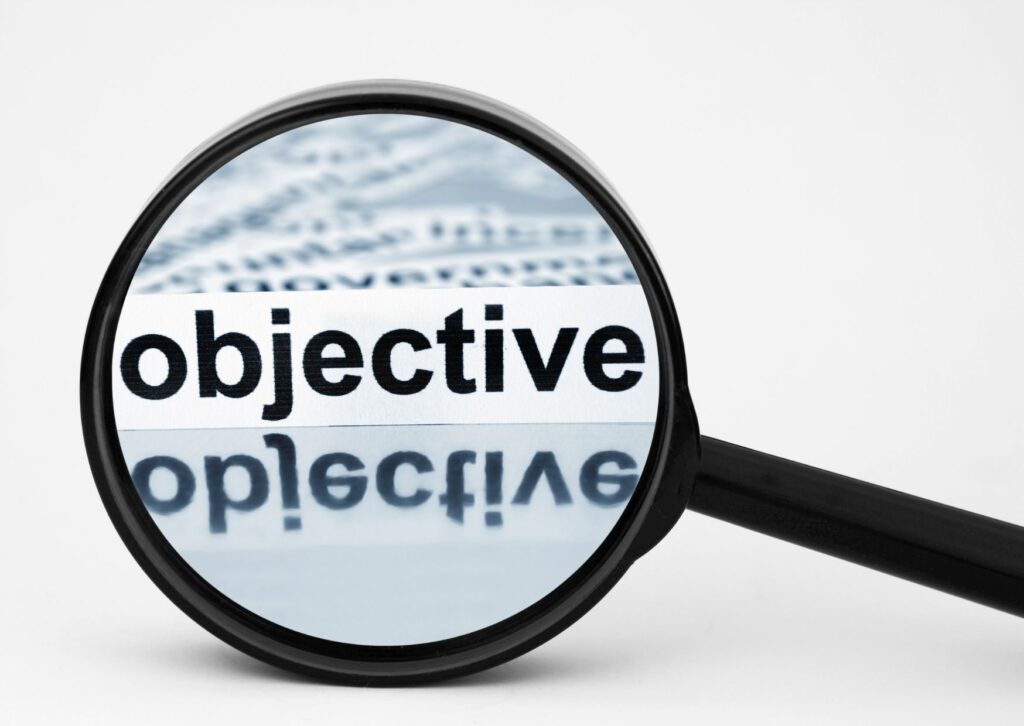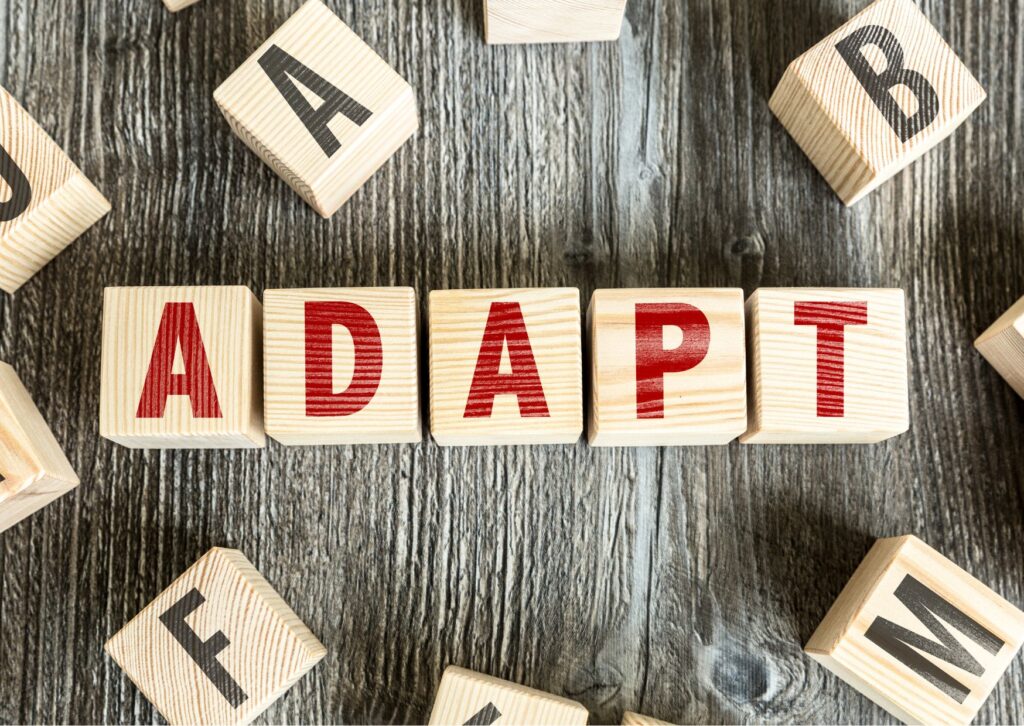10 Fun Monthly Employee Activities to Rejuvenate the Workplace
Monthly employee activities are more than just a break from the daily grind.
They are a strategic approach to enhancing workplace morale, fostering team unity, and promoting overall employee wellbeing.
Monthly activities at work not only bring a dash of fun into the office environment but also pave the way for increased productivity and job satisfaction.
In this blog, we’ll dive into the numerous benefits of these activities, share ten engaging ideas to inspire your next team event, and offer insights on how to make them a regular feature in your organisation.
Contents
The Benefits of Monthly Employee Activities
10 Monthly Employee Activities and Ideas
Tips for Implementing Monthly Employee Activities
Measuring the Impact of Monthly Employee Activities

The Benefits of Monthly Employee Activities
Monthly employee activities are more than just fun-filled events on the calendar.
They can play a beneficial role in shaping the company culture, and overall health of a company.
Here are some of the benefits:
Enhanced Team Bonding
Regular activities foster working relationships and help employees get to know each other beyond their professional roles.
This deeper connection can lead to improved collaboration and understanding among team members.
Boosted Morale
A break from the usual routine can be a breath of fresh air.
These activities can serve as a reminder that while work is essential, so is relaxation and enjoyment.
Over time, this can lead to increased job satisfaction and a more positive workplace atmosphere.

Reduced Burnout
Continuous work without breaks can lead to burnout, affecting both mental and physical health.
Monthly activities provide employees with something to look forward to, breaking the monotony and reducing feelings of stress and overwhelm.
Increased Productivity
Contrary to what some might believe, taking time out for fun activities can actually boost productivity.
When employees return to their desks after a refreshing activity, they often feel more focused and energised.
Attraction and Retention
Companies that prioritise employee wellbeing and engagement are more likely to attract and retain top talent.
Monthly activities can be a unique selling point when discussing benefits with potential hires.
Promotion of Creativity
Stepping out of the regular work environment and engaging in different activities can spark creativity.
Employees often come back with fresh perspectives and innovative ideas after participating in fun events.

Improved Communication
Activities that require teamwork and collaboration can enhance communication skills.
Employees learn to listen actively, share their ideas, and work towards a common goal.
Holistic Development
Many activities, especially those that are skill-based, contribute to the personal and professional development of employees.
They get an opportunity to learn something new and step out of their comfort zones.
Enhanced Company Reputation
Word spreads when companies take care of their employees.
Such organisations are often viewed positively in the industry, leading to better partnerships, client relationships, and growth opportunities.
Health and Wellness
Physical activities or wellness sessions contribute to the overall health of employees.
A healthy employee is often more engaged, takes fewer sick days, and contributes positively to the organisation.
In essence, Monthly employee activities are an investment in the workforce.
They promote a balanced work-life dynamic, ensuring that employees are not just productive but also happy, healthy, and engaged.

10 Monthly Employee Activities and Ideas
Adding fun and refreshing events to the monthly schedule can really make a difference in how a company feels and operates.
These activities not only break the routine but also offer employees a chance to relax, bond, and rediscover their passions.
Here are ten handpicked activities that can make a significant difference in the workplace ambiance:
1. Monthly On-site Chair Massage
One of the most appreciated and impactful activities is the on-site chair massage.
By bringing in professional massage therapists to the workplace, companies can offer their employees a short break from their busy schedules.
These 15 to 20-minute sessions are not just about relaxation, they have a multitude of benefits.
Massages are known to reduce cortisol levels, which in turn helps manage work-related stress.
After a massage, employees often report feeling rejuvenated, leading to increased alertness and productivity.
Moreover, regular massages can alleviate chronic pain issues, potentially reducing absenteeism.
Such initiatives also boost morale, as they underscore the company’s commitment to employee wellbeing.
And it’s not just the current employees who notice. Word of such perks can make the company more attractive to potential hires.
Beyond the physical relaxation, massages also play a role in mental wellbeing, helping reduce symptoms of anxiety and depression.

2. Monthly Lunch and Learn Sessions
These are informal gatherings where employees come together to enjoy a meal and gain knowledge on a particular topic.
It could be a presentation by a team member sharing insights from a recent project or an external expert discussing industry trends.
The casual setting makes it easier for employees to ask questions, share experiences, and learn in a relaxed environment.
Over time, these sessions can foster a culture of continuous learning and knowledge sharing within the organisation.

3. Monthly Wellbeing Webinars
With the increasing emphasis on mental and physical health, wellbeing webinars can be a valuable addition to the monthly calendar.
These can be sessions led by experts in fields like physical health, coping with stress, fitness, building confidence, and more.
The webinars provide employees with tools and strategies to manage stress, improve their health, and achieve a better work-life balance.
They also underscore the company’s commitment to the holistic wellbeing of its employees.

4. Monthly Creative Workshops
Encouraging creativity in the workplace can lead to innovative solutions and a break from routine tasks.
Monthly workshops, such as DIY craft sessions, writing workshops, or even photography classes, can provide employees with a platform to express themselves and learn new skills.
These workshops can also serve as a stress-reliever, allowing employees to engage in activities unrelated to their daily tasks and explore different facets of their personalities.

5. Monthly Themed Dress-Up Days
Introducing a themed dress-up day once a month can add a touch of fun and creativity to the workplace.
Whether it’s “Retro Day,” “Pajama Day,” or “Cultural Heritage Day,” such themes allow employees to showcase their personalities and backgrounds.
It also provides an excellent opportunity for team photos, fostering a sense of unity and camaraderie.

6. Monthly Book Clubs
Encouraging a culture of reading can have numerous benefits, from expanding knowledge to improving cognitive skills.
Organising a monthly book club where employees pick, read, and discuss a book can be both enlightening and entertaining.
It not only promotes learning but also offers a platform for employees to share perspectives and engage in meaningful discussions.
You can also encourage staff to tune in to monthly book review podcasts.

7. Monthly Cooking or Baking Challenges
With the popularity of cooking show,, why not bring a bit of that excitement to the office?
A monthly cooking or baking challenge can be organised where employees can bring in homemade dishes based on a theme.
It could be “Healthy Salads,” “Cultural Dishes,” or “Dessert Delights.”
Such challenges allow employees to showcase their culinary skills, share recipes, and enjoy a variety of dishes.
It also promotes cultural exchange, especially in diverse workplaces.

8. Monthly Fitness Challenges
A healthy employee is often a happier and more productive one.
Organising monthly fitness challenges can be a great way to promote physical wellbeing.
Challenges can range from “Step Count Competitions” where employees track their daily steps, to “Yoga Challenges” with different poses to master over the month.
Not only do these challenges encourage physical activity, but they also introduce an element of friendly competition, motivating employees to stay consistent and achieve their fitness goals.
Check out our blog on “Healthy Corporate Wellness Challenges”

9. Monthly DIY Craft and Art Sessions
Tapping into the creative side can be a refreshing break from daily tasks.
Organising DIY craft sessions, where employees can create home decor items, personalised stationery, or even artwork, can be therapeutic.
Providing materials and perhaps bringing in a local artist or craftsperson to guide the session can make it even more special.
Such activities allow employees to unwind, express themselves, and even discover hidden talents.

10. Monthly Feedback and Idea Sharing Forums
Creating a platform where employees can share their ideas, feedback, or even pitch new project concepts can be incredibly empowering.
Organising monthly forums or “innovation hours” encourages open communication, makes employees feel valued, and can lead to groundbreaking ideas for the company.
These sessions can be structured with a mix of presentations, brainstorming sessions, and open discussions.
It not only fosters a culture of innovation but also strengthens the bond between employees and the organiasation, knowing that their voices are heard and appreciated.

Tips for Implementing Monthly Employee Activities
Successfully integrating monthly employee activities into the workplace requires more than just selecting fun events.
It’s about creating a sustainable, inclusive, and engaging environment where these activities can thrive.
Here are some tips to ensure the smooth implementation of these activities:
Gather Employee Input
Before finalising any activity, seek feedback from employees.
Understand their interests, preferences, and any concerns they might have.
This ensures that the activities resonate with the majority and boosts participation rates.
Set Clear Objectives
Understand the purpose behind each activity.
Whether it’s to foster team bonding, enhance skills, or simply provide relaxation, having clear objectives helps in selecting the most suitable activities and measuring their success.

Allocate a Budget
While many activities can be organised on a shoestring budget, it’s essential to allocate funds for these initiatives.
This ensures that activities are well-executed and meet the desired standards.
Promote Inclusivity
Ensure that the activities cater to the diverse workforce.
This includes considering different cultural backgrounds, physical abilities, and personal preferences.
An inclusive approach ensures everyone feels valued and included.
Communicate Effectively
Keep employees informed about upcoming activities.
Use multiple communication channels, such as emails, notice boards, or team meetings, to ensure everyone is aware and can plan accordingly.
Rotate Responsibilities
Instead of relying on the HR team or a specific group to organise all activities, rotate responsibilities.
This brings in fresh ideas and perspectives and reduces the burden on any one team.
Stay Adaptable
While planning is crucial, it’s equally important to stay adaptable.
If an activity isn’t receiving the expected participation or if unforeseen challenges arise, be ready to make changes or try something new.

Encourage Voluntary Participation
While the aim is to have maximum participation, it’s essential to ensure that employees don’t feel compelled to join.
Activities should be voluntary, allowing employees to decide based on their comfort and interest.
Document and Share
Capture moments from the activities, whether through photos, videos, or written testimonials.
Sharing these on internal platforms can create a sense of nostalgia and motivate more employees to participate in future events.
Review and Refine
After each activity, gather feedback.
Understand what went well and what areas need improvement.
This iterative approach ensures that each subsequent activity is better than the last.
By following these tips, companies can seamlessly integrate monthly employee activities into their culture, ensuring they reap the myriad benefits these initiatives offer.

Measuring the Impact of Monthly Employee Activities
While the immediate benefits of Monthly Employee Activities, such as increased morale and team bonding, are evident, it’s crucial for organisations to measure their long-term impact.
This not only justifies the investment in these activities but also provides insights for future planning.
Here’s how companies can gauge the effectiveness of their monthly initiatives:
Employee Surveys
Regular feedback through surveys can provide insights into how employees perceive these activities.
Questions can focus on enjoyment levels, perceived benefits, and suggestions for future events.

Participation Rates
Tracking the number of participants for each activity can offer a clear picture of its popularity.
A consistent decline in participation might indicate the need for a change, while an increase can signify a well-received initiative.
Productivity Metrics
Monitor productivity levels before and after activities. A
n increase in output or a decrease in errors might indicate a positive impact on employee performance.
Absenteeism Rates
A decline in absenteeism can be a strong indicator of improved employee wellbeing and job satisfaction, resulting from regular activities.
Employee Turnover
Retaining talent is a challenge for many organisations.
If there’s a noticeable reduction in turnover after the introduction of monthly activities, it could signify higher job satisfaction.

Feedback Sessions
Organise open forums or feedback sessions where employees can discuss the activities.
Direct conversations can often provide deeper insights than written feedback.
Team Collaboration
Monitor how teams collaborate post-activities.
An increase in cross-departmental projects or improved team dynamics can be attributed to better interpersonal relationships fostered during these events.

Innovation and Creativity
Track the number of new ideas or innovative solutions emerging after team activities.
A boost in creativity can often be linked to a refreshed and rejuvenated mindset.
Cost-Benefit Analysis
While it’s essential to focus on the qualitative benefits, a quantitative analysis comparing the costs of organising these activities against the benefits (like increased productivity, reduced turnover) can provide a clear ROI.
External Recognition
If your organisation starts receiving recognition for its workplace culture, such as awards or positive media coverage, it’s a testament to the success of your employee-centric initiatives.
Measuring the impact of monthly employee activities requires a combination of quantitative metrics and qualitative insights.
By regularly assessing the effectiveness of these initiatives, organisations can ensure they continually evolve to meet the needs and preferences of their workforce.

Monthly employee activities are not just events on a calendar they are strategic investments in its people.
By prioritising these activities, companies not only foster a vibrant and inclusive workplace culture but also pave the way for enhanced productivity, innovation, and growth.
It’s time for organisations to embrace regular activities wholeheartedly, ensuring a brighter, happier, and more fulfilling future for their workforce.
Author
Tyler Lowe – Health & Wellbeing Speaker
BSc Sport & Exercise Rehabilitation


